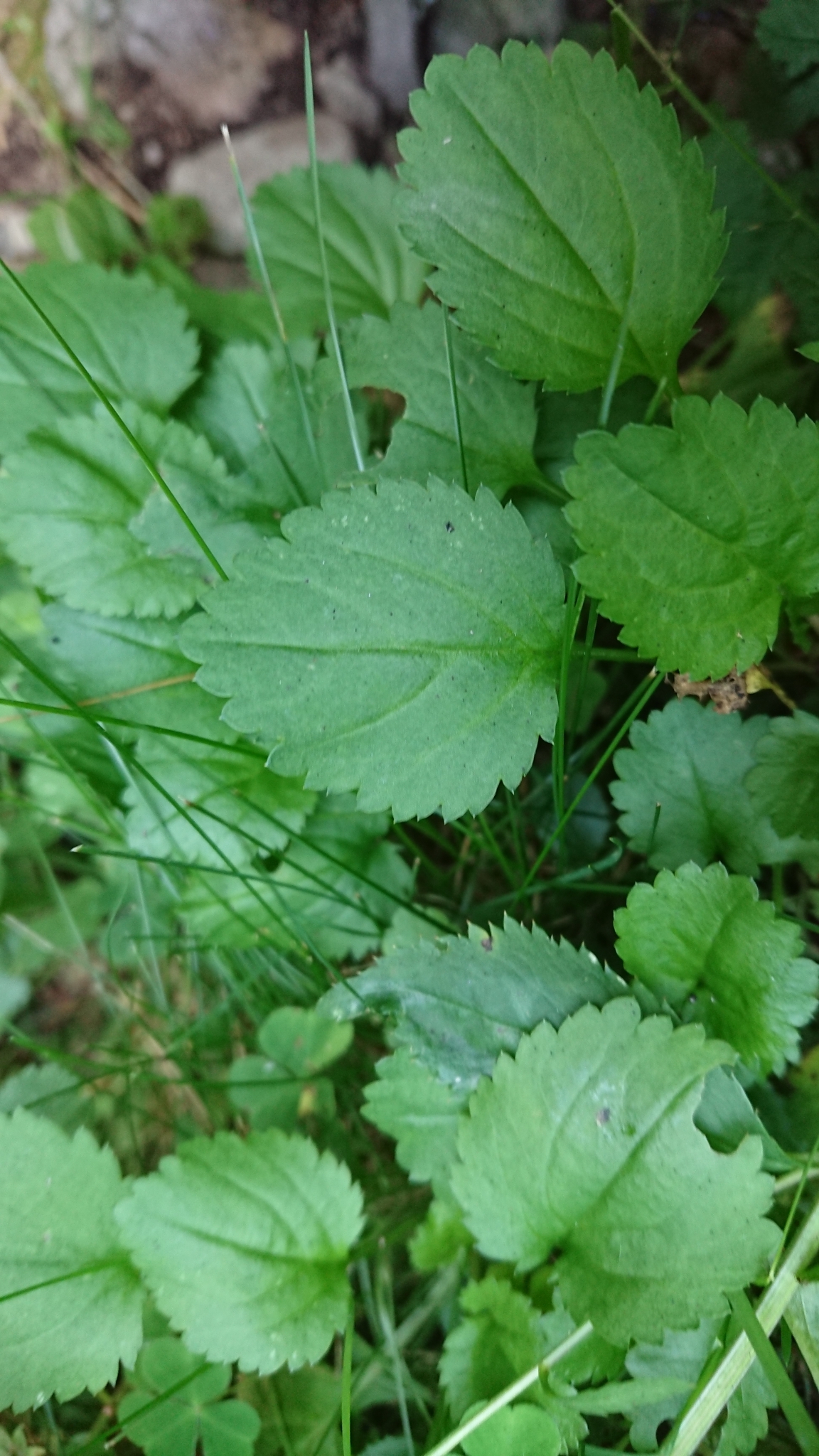Welcome to the round-leaved oxeye daisy project website!

Welcome to the round-leaved oxeye daisy project website!

This is a website of the NCN funded project "Phylogeography and hybridization within Carpathian ox-eye daisies (Leucanthemum, Compositae)" that was realized by me in 2016-2022. Here is an abstract of the summary:
Round-leaved oxeye daisy (Leucanthemum rotundifolium) is a Carpathian subendemic, which means that it occurs only in the Carpathians and in limited locations outside of them. In this case, the only known population outside the Carpathians is located in the Vranica Planina mountains in Bosnia and Hercegovina. This project investigated the relationship between this isolated population and those of the Carpathian mountains. The plants growing in the Vranica Planina mountains were found to be very different from the rest of the range and are basal or sister to the Carpathian populations. This finding was confirmed by genetics and morphometrics. Dating done using chloroplast markers places the separation of these two lineages around 600 kyr. This research may support the protection of the isolated and small population in the Vranica Planina Mountains. Moreover, protecting this species in situ where it grows can strengthen the protection of the entire environment where it is occurring. The results of phylogeographic studies show that the colonization of the Carpathians began in the Southern Carpathians in the area around the Fagaras Mountains. From this region, subsequent colonization took place and the ranges in the west, north, and east were colonized. The Eastern Carpathians were colonized three times, as they contain haplotypes that also occur in the Apuseni Mountains, the Retezat Mountains, and the Fagaras Mountains. However, most plants in the Eastern Carpathians are characterized by one of two haplotypes that are related only to the haplotype of the Fagaras Mountains. In addition to chloroplast markers, single-nucleotide polymorphisms (SNPs) were used. Both data sets agree with each other, but the SNPs further show that plants from the Western Carpathians form an independent group. The only mixed populations occur in the Bieszczady mountains, and there one may find haplotypes that are specific to the Western or Eastern Carpathians. Environmental Niche Modeling (ENM) pictures the potential niche of the species to be much larger in the past. ENM also shows that migration corridors existed among certain mountain ranges. Additionally, dating provides information that the separation of new haplotypes started around 200 kyr. The youngest haplotype in the data set is dated to be 61 kyr. The results of this project are important to better understand the biology of the studied species, but they also form a nice example that leads us further into knowing the Flora of the Carpathians and the endemics that grow within it. The project also documented the distribution of two other oxeye daisy species: common in the lowlands L. ircutianum and very rarely occurring alpine L. gaudinii. Observations and analysis of these two species showed that both hybridize with the round-leaved oxeye daisy that grows at intermediate altitudes. Hybrids are formed in places where the ranges of two species overlap. Those hybridizations are facilitated by both man-made changes in the ecosystems and, to some degree, natural alternations. This is especially true for L. ircutianum, which is transported upwards by tourist activities and also by road and stream works. In case of further migration into the mountains caused by human activities, the number of hybrids will increase and hybrids may become more common.
This will be a description of the phylogepgraphy part - I will update it once it is published.
This will be a description of the hybridization part - I will update it once it is published.
This will be a description of the modeling part - I will update it once it is published.
This will be a summary of the whole project. I will put here maps and pictures. But first I need to complete previous sections.